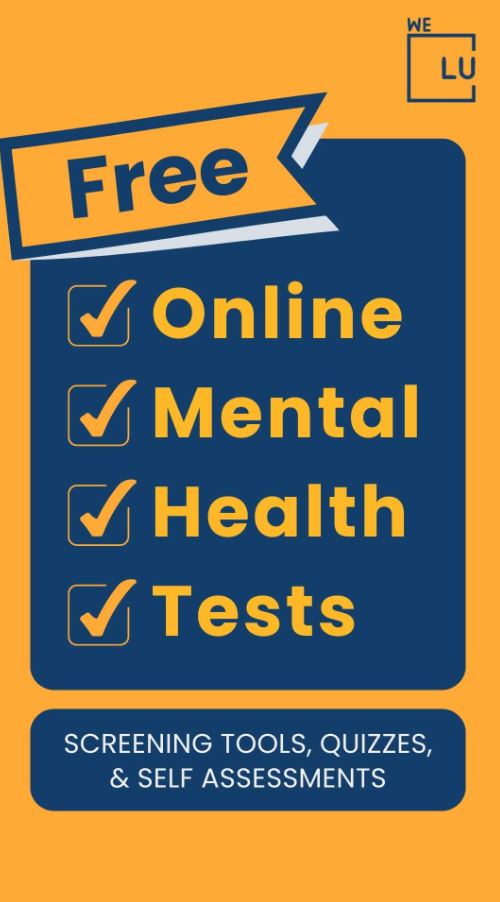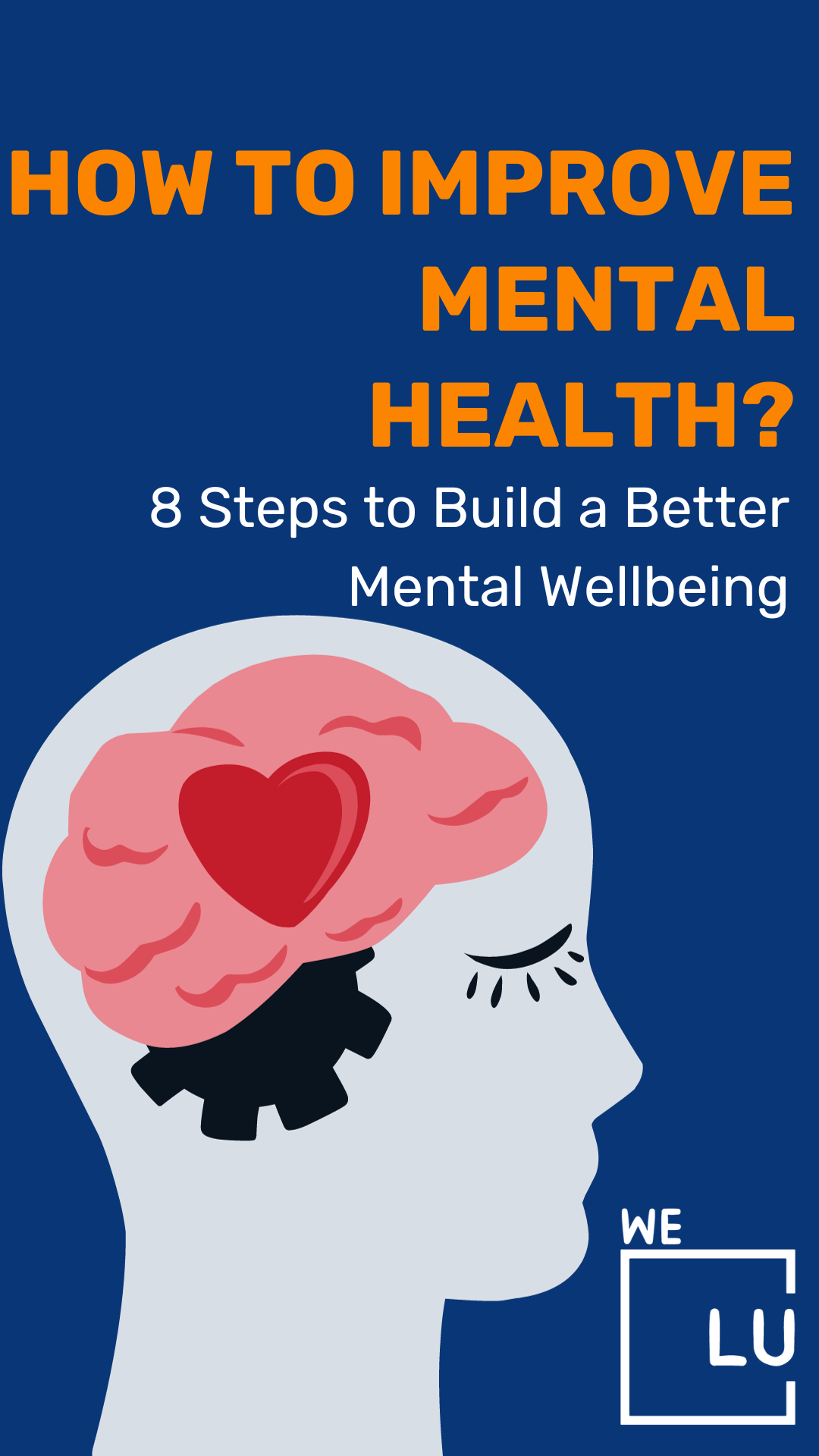What Does Fentanyl Powder Look Like?
Fentanyl powder, a synthetic opioid exponentially more potent than morphine or heroin, is typically encountered as a fine, white to off-white crystalline substance. Its appearance can be easily mistaken for other powdered substances due to its similarity in color and texture. However, it’s crucial to note that fentanyl can also manifest in various forms, including powders of different colors like blue, which have gained recent attention.
The color of fentanyl powder can vary based on the specific manufacturing process and any added substances or contaminants. Blue fentanyl powder, for instance, has caused particular concern due to its association with a higher risk of overdose and adverse health effects. This underscores the importance of accurately identifying and understanding the appearance of fentanyl in its diverse forms, as it aids in recognizing potential dangers and taking appropriate precautions.
It’s worth emphasizing that the appearance of fentanyl powder alone cannot definitively determine its potency or composition. Given the microscopic size of the particles, specialized testing equipment and expertise are required to confirm their identity. As fentanyl-related incidents continue to escalate, comprehending the appearances and characteristics of this substance is essential for public health, law enforcement, and medical professionals to address its growing challenges effectively.
What Color Is Fentanyl Powder?
Fentanyl powder is commonly found in various colors, including white, off-white, and beige. However, it’s important to note that fentanyl can also be encountered in other colors, such as blue, which has gained attention due to its association with potentially higher potency and risks.
The color of fentanyl powder can vary based on factors such as the specific manufacturing process, added substances, or contaminants. As such, relying solely on color to determine the identity or potency of fentanyl is unreliable and potentially dangerous. Accurate identification and testing are crucial to assess the nature and risks associated with this powerful synthetic opioid.
What Are Fentanyl Test Strips For Powder?
Fentanyl test strips are tools used to detect the presence of fentanyl or related synthetic opioids in substances, particularly powders or drugs. These strips utilize a chemical reaction to indicate whether fentanyl is present in a sample.
To use a fentanyl test strip, a small portion of the suspected substance is mixed with a liquid solution provided with the test kit. The strip is then dipped into the solution. If fentanyl or its analogs are present, a color change or a specific line pattern will appear on the strip, indicating a positive result. If no reaction occurs, the test indicates a negative result, suggesting the absence of fentanyl.
These test strips are used as harm-reduction tools in various settings, such as:
- Drug Checking Services: Some harm reduction organizations or public health agencies offer fentanyl test strips at events or locations where drug users can have their substances checked for potential fentanyl contamination.
- Individual Use: People who use substances may acquire fentanyl test strips to check the safety of their drugs before consumption, aiming to reduce the risk of accidental overdose.
- Support for First Responders: Law enforcement and emergency medical personnel may also use these strips to identify potentially hazardous substances when responding to drug-related incidents.
While fentanyl test strips can provide valuable information about the potential presence of fentanyl, they are not foolproof and have limitations. They may not detect all fentanyl analogs, and false negatives or positives can occur.
Furthermore, using test strips does not guarantee the safety of a substance, as other harmful substances might also be present. These strips are part of a broader harm reduction approach to minimize the risks associated with drug use and prevent overdoses.
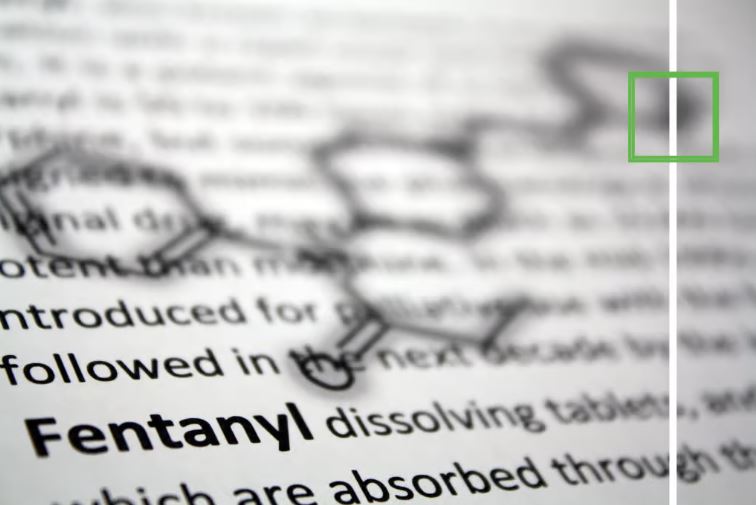
Skip To:
Learn More:
- How Does Fentanyl Make You Feel, Does Fentanyl Get You High & How Long Does Fentanyl High Last?
- What is the Fentanyl Half Life & How Long Does Fentanyl Last?
- How Long Does Fentanyl Stay In Urine? Fentanyl Urine Testing
- Why Is Fentanyl So Dangerous? Dangers Of Fentanyl & How Much Fentanyl Is Dangerous?
- How Is Fentanyl Made? Fentanyl Facts
- How Long Does Fentanyl Stay In Your System, Urine, Blood, Salvia & Hair? Fentanyl Drug Test Duration Chart.
- What Does Fentanyl Do To You? Abuse, Side Effects & Treatment
- What is Fentanyl? Rainbow Fentanyl Symptoms, Uses, Side Effects, Overdose & Detox Withdrawal Timeline
- What Does Fentanyl Look Like? Rainbow Fentanyl, Colored Candy Fentanyl, Skittles Fentanyl Images, Facts, Warnings, & FAQs
- Carfentanil Drug
Get Help. Get Better. Get Your Life Back.
Searching for Accredited Drug and Alcohol Rehab Centers Near You?
Even if you have failed previously and relapsed, or are in the middle of a difficult crisis, we stand ready to support you. Our trusted behavioral health specialists will not give up on you. When you feel ready or just want someone to speak to about therapy alternatives to change your life call us. Even if we cannot assist you, we will lead you to wherever you can get support. There is no obligation. Call our hotline today.
(844) 597-1011Popular Fentanyl Powder FAQs
-
Is Powder Fentanyl Dangerous?
Yes, powder fentanyl is extremely dangerous. Fentanyl is a potent synthetic opioid exponentially more powerful than other opioids like heroin or morphine. Even a tiny amount can lead to overdose and death. Its potency and unpredictable effects make it a significant health risk.
-
What is Blue Fentanyl Powder?
Blue fentanyl powder is a variant of fentanyl that has gained attention due to its distinct color. However, the blue color is not inherently linked to a specific formulation or purity level. The color can vary based on manufacturing processes, additives, or contaminants. Blue fentanyl powder has been associated with higher risks and potential for overdose.
-
What is Brown Fentanyl Powder?
Brown fentanyl powder is another variation of fentanyl, characterized by its brown color. Like other color variants, the brown hue does not necessarily indicate a uniform composition or potency. The color can result from different production methods and additives.
-
Can Baby Powder Test Positive For Fentanyl?
It is unlikely that regular baby powder would test positive for fentanyl. Fentanyl test strips are designed to detect the presence of fentanyl or its analogs in substances commonly abused or used as drugs. Regular baby powder is made from talc and unrelated to the opioid family.
-
Why Is Fentanyl A Powder?
Fentanyl is often found in powder form due to its synthetic nature and manufacturing processes. It is synthesized into a fine powder for easy distribution, mixing, and consumption. The powder form allows for precise dosing but also increases the risk of accidental exposure, inhalation, or absorption, which can lead to overdoses and health hazards.
Fentanyl Factsheet
Fentanyl Overview
Fentanyl is a synthetic opioid used to treat moderate to severe pain, especially in cancer patients or after surgery. It is 50 to 100 times more potent than morphine and can cause respiratory depression, addiction, and overdose. It can be prescribed in different forms, such as injection, nasal spray, patch, tablet, spray, or lozenge. It can also be illegally made and mixed with other drugs, such as heroin or cocaine.
Fentanyl Abuse Methods
- Intravenous Injection: Some individuals abuse fentanyl by injecting it directly into their veins. This method produces rapid and intense effects as the drug quickly enters the bloodstream.
- Transdermal Patches: Abusing fentanyl patches involves extracting the gel from the patch and either consuming it orally or injecting it. This method is dangerous due to the high concentration of fentanyl in the gel.
- Oral Consumption: Fentanyl pills or lozenges can be swallowed, although this method is less common due to the drug’s potency.
- Smoking: While possible, smoking fentanyl is a highly hazardous practice. The drug is heated on foil, and the resulting vapor is inhaled. Due to fentanyl’s potency, even a slight miscalculation in dosage can lead to overdose and death. This method is strongly discouraged.
- Snorting: Some individuals crush fentanyl pills or powder and snort it. Like other methods of abuse, this is risky due to the drug’s potency, potentially causing rapid and intense effects that increase the risk of overdose.
Fentanyl Addiction Treatments
Treating fentanyl addiction requires a comprehensive approach that addresses both the physical dependence on the drug and the psychological aspects of addiction. Here are some common fentanyl addiction treatments:
- Medical Detoxification: The first step in treating fentanyl addiction is often medical detox. This involves gradually reducing the fentanyl dosage under medical supervision to manage withdrawal symptoms safely. Medications may be used to alleviate discomfort and reduce cravings.
- Medication-Assisted Treatment (MAT): MAT involves using medications to help manage cravings and reduce the risk of relapse. Buprenorphine and methadone are commonly used medications for opioid addiction, including fentanyl. Naloxone is also used to reverse opioid overdoses.
- Behavioral Therapies: Various behavioral therapies effectively treat fentanyl addiction. Cognitive Behavioral Therapy (CBT) helps individuals recognize and change negative thought patterns and behaviors. Contingency management provides rewards for staying drug-free, reinforcing positive behavior.
- Counseling and Support Groups: Individual and group therapy provides a supportive environment to explore the underlying reasons for addiction and develop coping strategies. Support groups like Narcotics Anonymous can be valuable for ongoing recovery.
Fentanyl Abuse Statistics
Fentanyl abuse statistics show that fentanyl is a highly potent synthetic opioid significantly contributing to the opioid epidemic in the United States. In 2020, there were over 93,000 drug overdose deaths in the US, with fentanyl involved in over 60%. Fentanyl abuse has also increased in other countries, including Canada and the United Kingdom.
73%
Synthetic opioids, including fentanyl, were involved in almost 73% of all opioid-related overdose deaths in 2019.
Source: CDC
1.6 million
Approximately 1.6 million people aged 12 or older misused prescription pain relievers like fentanyl for the first time in 2020.
Source: The National Survey on Drug Use and Health
57%
Fentanyl seizures by law enforcement in the US increased by 57% from 2019 to 2020, with nearly 17,000 pounds of fentanyl seized in 2020.
Source: DEA

Get Your Life Back
Find Hope & Recovery. Get Safe Comfortable Detox, Addiction Rehab & Dual Diagnosis High-Quality Care.
Hotline(844) 597-1011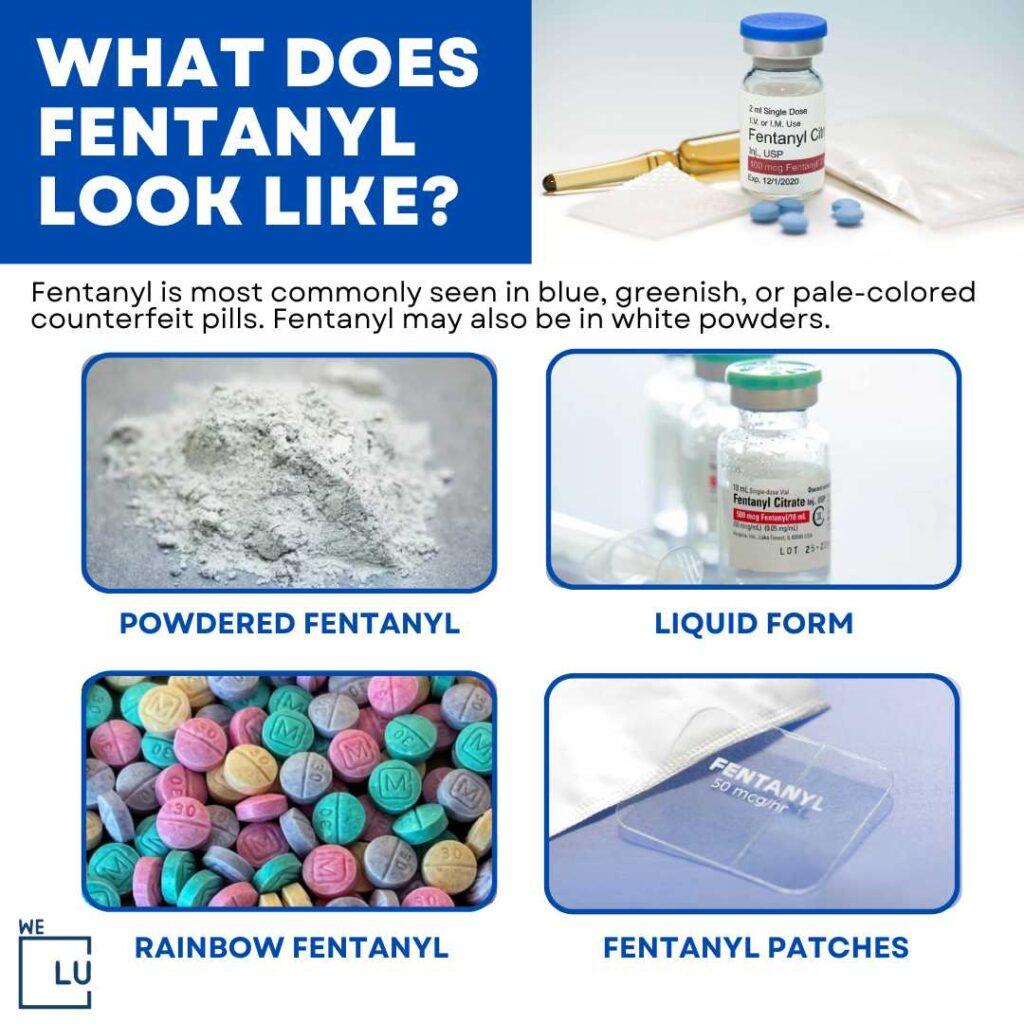
Can Fentanyl Powder Be Absorbed Through The Skin?
Yes, fentanyl powder can be absorbed through the skin, although the risk of absorption through intact skin is generally low. Fentanyl is a potent synthetic opioid that is highly lipophilic, meaning it readily dissolves in fats and oils. This property allows it to be absorbed through various routes, including skin contact.
However, the risk of significant absorption through intact skin is relatively low, especially in comparison to other routes of exposure, such as inhalation or injection. The skin’s outer layer, the stratum corneum, acts as a barrier that limits the absorption of many substances, including fentanyl.
The potential for skin absorption increases when fentanyl is in a liquid form or when the skin is damaged, irritated, or has cuts, scrapes, or other openings. In medical settings, fentanyl patches deliver the drug through the skin for pain management. These patches are designed with technology to provide controlled, slow-release absorption over time.
However, accidental exposure to fentanyl powder can still pose risks. If fentanyl powder comes into contact with broken skin, or mucous membranes (like the eyes, nose, or mouth), or if the powder becomes airborne and is inhaled, there is a higher risk of absorption and potential overdose.
Handling suspected substances with extreme caution is essential, as wearing appropriate personal protective equipment (PPE), and seeking professional guidance if accidental exposure occurs. For law enforcement, medical personnel, and individuals who might encounter fentanyl powder, safety measures, and proper training are crucial to prevent accidental exposure and its associated dangers.
First-class Facilities & Amenities
World-class High-Quality Addiction & Mental Health Rehabilitation Treatment
Rehab Centers TourRenowned Addiction Centers. Serene Private Facilities. Inpatient rehab programs vary.
Addiction Helpline(844) 597-1011Proven recovery success experience, backed by a Team w/ History of:
15+
Years of Unified Experience
100s
5-Star Reviews Across Our Centers
10K
Recovery Success Stories Across Our Network
- Low Patient to Therapist Ratio
- Onsite Medical Detox Center
- Comprehensive Dual-Diagnosis Treatment
- Complimentary Family & Alumni Programs
- Coaching, Recovery & Personal Development Events
Can You Inject Fentanyl Powder?
Injecting fentanyl powder is possible but extremely dangerous and potentially lethal. Fentanyl is a highly potent synthetic opioid; even a tiny amount can cause overdose and death. Injecting fentanyl powder directly into the bloodstream can lead to rapid and intense effects, but the risk of overdose is significantly elevated due to the drug’s potency.
Fentanyl’s potency also makes it challenging to measure a safe dosage accurately, and the risk of miscalculation is high, especially when dealing with a powdery substance. Moreover, injecting any substance carries the added risk of infection, damage to veins, and the potential for various complications.
It’s important to emphasize that injecting fentanyl or any other substance not prescribed by a medical professional and obtained through legitimate channels is highly hazardous. The risk of overdose and associated health complications far outweigh any potential perceived benefits.
Can You Smoke Fentanyl Powder?
Yes, it is possible to smoke fentanyl powder, but it is hazardous and can lead to severe health risks, including overdose and death. Fentanyl is a highly potent synthetic opioid, and its effects are rapidly felt when smoked. However, the risk of overdose is significantly increased due to the drug’s potency and the difficulty of accurately dosing when dealing with a powdery substance.
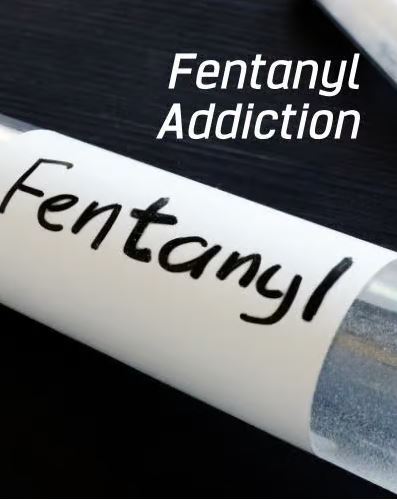
When fentanyl is smoked, it enters the bloodstream through the lungs and reaches the brain quickly, causing intense and potentially lethal effects. The rapid onset of these effects can make it even more challenging for individuals to gauge how much they have taken, increasing the likelihood of overdose.
Smoking fentanyl, intentionally or unintentionally due to contamination of other substances, is strongly discouraged due to its life-threatening risks. If you or someone you know is struggling with substance misuse or addiction, it’s essential to seek help from medical professionals, addiction specialists, or support groups. Treatment and harm reduction strategies can provide a safer and healthier path toward recovery.
Can You Snort Fentanyl Powder?
Yes, it is possible to snort fentanyl powder, but doing so is extremely dangerous and can lead to serious health risks, including overdose and death. Fentanyl is an incredibly potent synthetic opioid, and snorting it can lead to rapid absorption through the mucous membranes of the nose, resulting in intense effects.
Snorting fentanyl powder can increase the risk of overdose because of its potency and the challenge of accurately measuring a safe dose when dealing with such a powerful substance. Like other routes of administration, snorting fentanyl powder can quickly lead to a dangerous drug buildup in the bloodstream, potentially overwhelming the body’s respiratory and central nervous systems.
Additionally, fentanyl powder can be easily contaminated with other substances, increasing the risk of unpredictable and adverse effects when snorted. Due to the life-threatening dangers associated with fentanyl misuse, it’s crucial to avoid any non-prescribed use of this substance and to seek help from medical professionals or addiction specialists if you or someone you know is struggling with substance misuse or addiction.
World-class, Accredited, 5-Star Reviewed, Effective Addiction & Mental Health Programs. Complete Behavioral Health Inpatient Rehab, Detox plus Co-occuring Disorders Therapy.
CALL(844) 597-1011End the Addiction Pain. End the Emotional Rollercoaster. Get Your Life Back. Start Drug, Alcohol & Dual Diagnosis Mental Health Treatment Now. Get Free No-obligation Guidance by Substance Abuse Specialists Who Understand Addiction & Mental Health Recovery & Know How to Help.
We Level Up Fentanyl Addiction Treatment
At We Level Up Treatment Center, we understand the unique challenges of fentanyl addiction. Our comprehensive and compassionate approach is designed to provide the tools, support, and guidance you need to reclaim your life from the grip of addiction. Our services are tailored to address the physical, emotional, and psychological aspects of fentanyl addiction, ensuring a holistic and personalized recovery journey.
- Medical Detoxification: Our experienced medical team will supervise your safe and comfortable detoxification process, managing withdrawal symptoms and ensuring your physical well-being.
- Individualized Treatment Plans: We recognize that each individual’s journey is unique. Our treatment plans are customized to address your needs, combining evidence-based therapies, counseling, and interventions to achieve lasting recovery.
- Psychotherapy: Our licensed therapists will guide you through various psychotherapeutic approaches, such as Cognitive Behavioral Therapy (CBT), Dialectical Behavior Therapy (DBT), and Motivational Interviewing (MI), helping you develop coping strategies and address the underlying causes of addiction.
- Group Therapy: Engage in supportive group sessions, fostering connections with peers who understand your struggles, and providing a space for shared experiences and mutual support.
- Holistic Therapies: We offer a range of holistic therapies such as yoga, meditation, art therapy, and mindfulness practices to help you reconnect with your body, mind, and spirit.
- Dual Diagnosis Treatment: Address co-occurring mental health issues alongside addiction, ensuring a comprehensive approach that targets all aspects of your well-being.
- Family Counseling: Involve your loved ones in the healing process through family therapy sessions, enhancing understanding and communication, and building a more robust support network.
- Aftercare Planning: As you transition from our center to the world, we provide thorough aftercare planning and support to help you maintain your progress and prevent relapse.
- Support for Relapse Prevention: Learn effective relapse prevention strategies and skills to navigate triggers, cravings, and challenging situations that might arise post-treatment.
- Alumni Community: Stay connected with our growing alumni community, who offer ongoing encouragement, inspiration, and guidance as you continue your recovery journey.
At We Level Up Treatment Center, we are committed to your transformation. Our expert team is dedicated to walking alongside you as you overcome fentanyl addiction and embark on healing and empowerment. Your journey to a brighter, drug-free future begins here.
Experience Transformative Recovery at We Level Up Treatment Centers.
See our authentic success stories. Get inspired. Get the help you deserve.
Start a New Life
Begin with a free call to an addiction & behavioral health treatment advisor. Learn more about our dual-diagnosis programs. The We Level Up Treatment Center Network delivers recovery programs that vary by each treatment facility. Call to learn more.
- Personalized Care
- Caring Accountable Staff
- World-class Amenities
- Licensed & Accredited
- Renowned w/ 100s 5-Star Reviews
We’ll Call You
Watch The Drug Addiction Informative Video
Video Script
Joey’s Opiates, Drugs, and Alcohol Addiction Recovery Story
Joey’s story is a sad reminder of the harsh reality of addiction. He faced significant challenges in his recovery journey after losing his son, but his progress toward sobriety has been inspiring. The crucial first step for Joey was seeking help for his addiction, and he deserves all the necessary support to aid his recovery process.
Search We Level Up Fentanyl Powder Resources
Sources
- National Institute on Drug Abuse (NIDA) – Fentanyl Drug Facts: https://www.drugabuse.gov/publications/drugfacts/fentanyl
- Centers for Disease Control and Prevention (CDC) – Fentanyl Facts: https://www.cdc.gov/stopoverdose/fentanyl/index.html
- Drug Enforcement Administration (DEA) – Fentanyl: https://www.dea.gov/factsheets/fentanyl
- Substance Abuse and Mental Health Services Administration (SAMHSA) – Fentanyl: https://www.samhsa.gov/medication-assisted-treatment/medications-counseling-related-conditions/fentanyl
- National Library of Medicine (NLM) – Fentanyl: https://medlineplus.gov/druginfo/meds/a605043.html
- Food and Drug Administration (FDA) – Fentanyl Transdermal System: https://www.fda.gov/drugs/postmarket-drug-safety-information-patients-and-providers/fentanyl-transdermal-system
- National Institute of Justice (NIJ) – Fentanyl Safety Recommendations for First Responders: https://nij.ojp.gov/topics/articles/fentanyl-safety-recommendations-first-responders
- Office of National Drug Control Policy (ONDCP) – Fentanyl: The Next Wave of the Opioid Crisis: https://obamawhitehouse.archives.gov/blog/2017/03/29/fentanyl-next-wave-opioid-crisis
- National Institute of Standards and Technology (NIST) – NIST Reference Materials for Measuring Opioids, Including Fentanyl: https://www.nist.gov/news-events/news/2019/01/nist-reference-materials-measuring-opioids-including-fentanyl
- National Institutes of Health (NIH) – NIH HEAL Initiative Research Plan to Address the Opioid Crisis, Including Fentanyl: https://heal.nih.gov/research/research-plan



